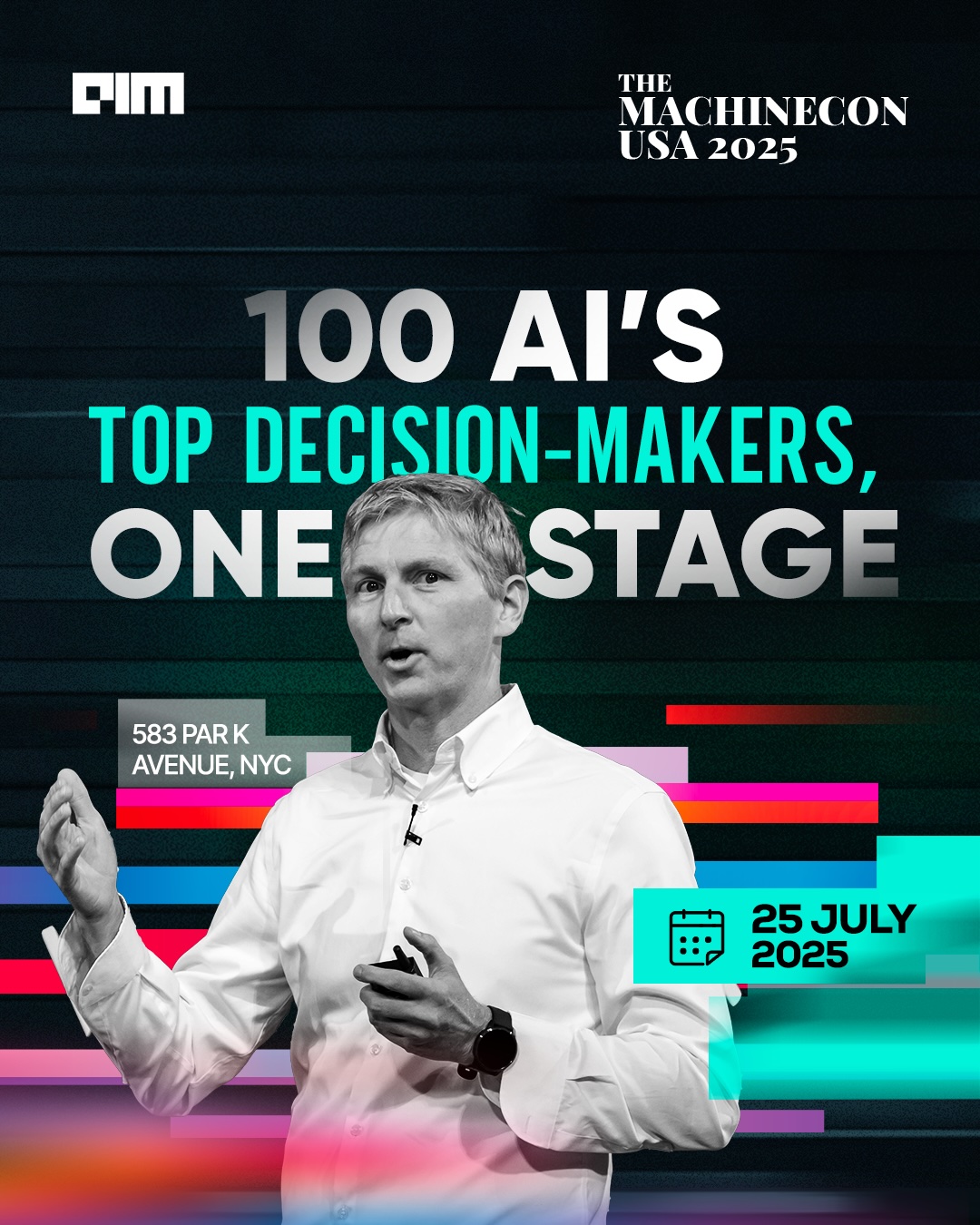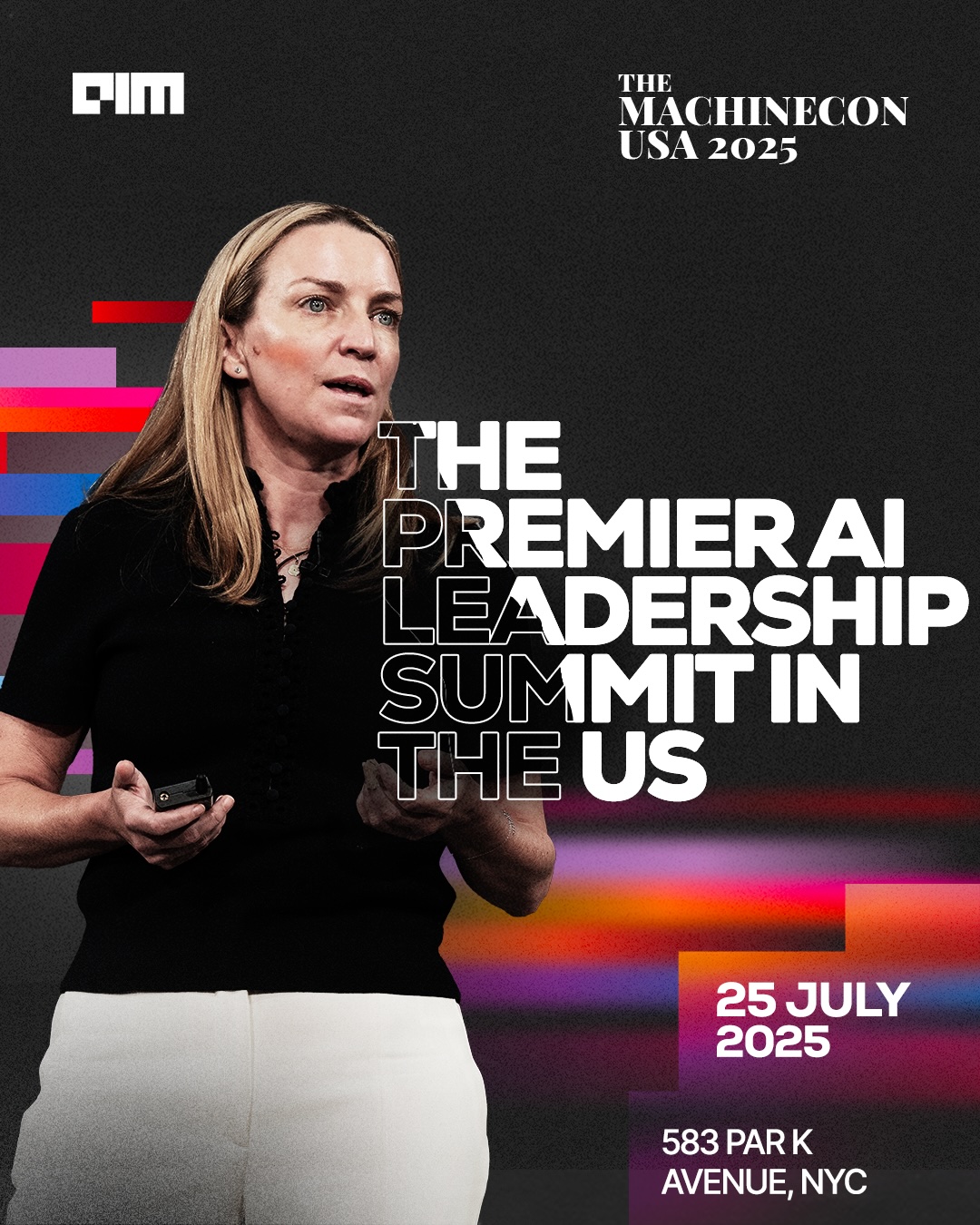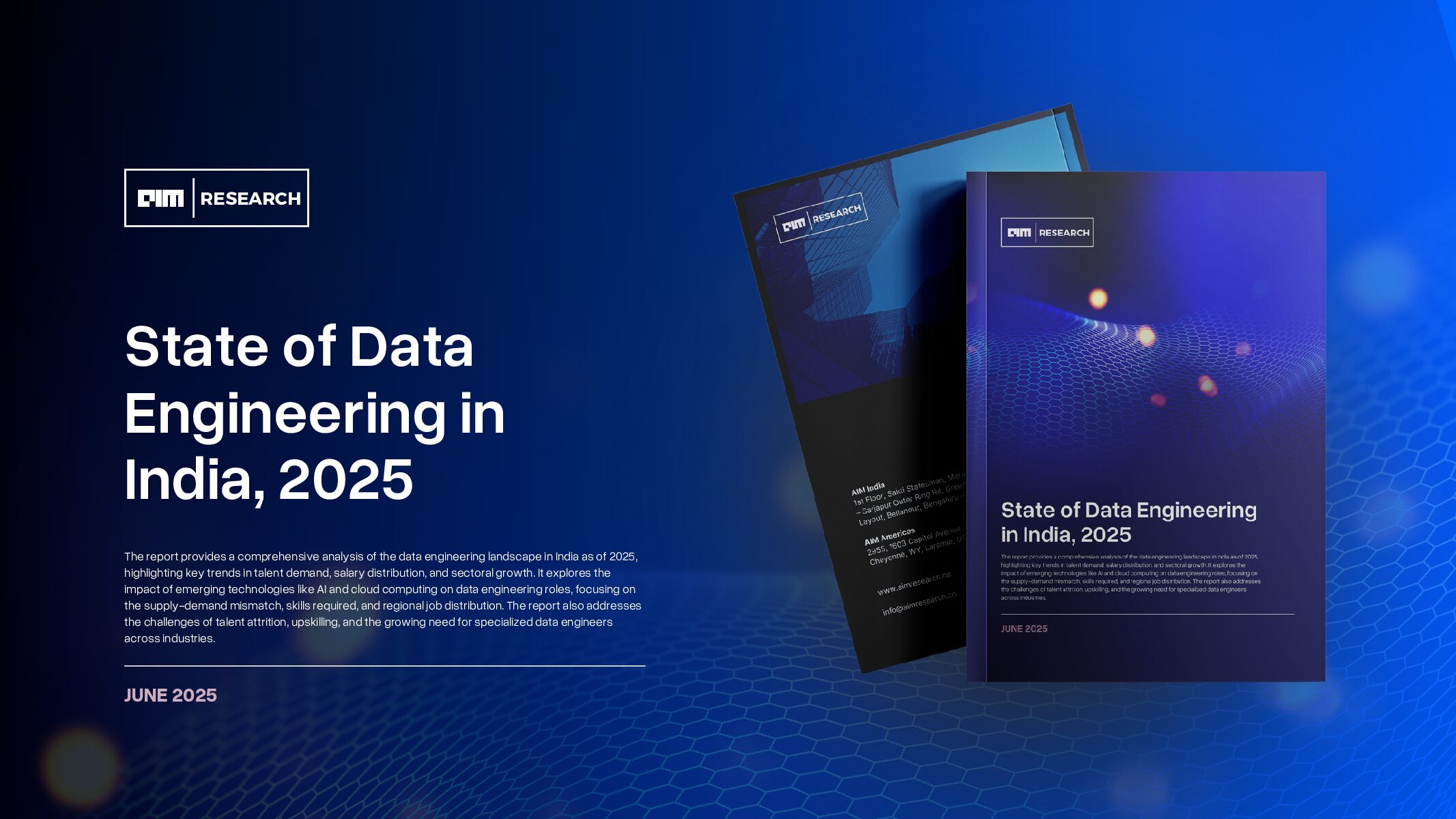In a recent insightful conversation, we had the opportunity to pick the brain of Giorgio Suighi, the Managing Director of Data Strategy & Analytics at Mindshare. A leading figure in the data analytics field, Giorgio has seen his role significantly evolve in response to technological advancements, increasing data availability, and changing client needs.
From emphasizing data-driven decision-making to integrating advanced analytics techniques, Giorgio has continuously adapted his approach to meet emerging challenges. His hands-on work in statistical modeling, data science, and machine learning has made a substantial impact, like his microplastics pollution project, a testament to his innovative approach to environmental issues.
A key player in the deployment of high-performance analytics tools and services, Giorgio emphasizes the importance of continuous learning, collaboration, scalability, and user-centric design in staying relevant amidst the rapid tech evolution. Looking ahead, he highlighted trends like explainable AI, federated learning, convergence of AI and IoT, ethical AI practices, and automation as crucial focal points for businesses.
Beyond sharing his technical insights, Giorgio also emphasized on the importance of leadership, mentorship, maintaining a balance between data-driven decision-making and human touch, and the essential skills needed in today’s fast-paced AI and analytics landscape. His advice to aspiring professionals? Remain curious, continue learning, develop effective communication skills, and embrace a problem-solving mindset.
AIM Research: As the Managing Director of Data Strategy & Analytics at Mindshare, how do you think your role has evolved over the years? What are some of the major challenges you’ve faced in driving innovative and strategic solutions?
Giorgio Suighi (GS): The analytics field has undergone tremendous advancements, primarily driven by advancements in technology, the availability of vast amounts of data, and changing client needs. Here are some key ways in which my role has evolved:
Increasing Emphasis on Data-Driven Decision-Making: Data has become a critical asset for businesses, and my role has evolved to focus more on deriving strategic decision-making support the client’s narrative.
Integration of Advanced Analytics Techniques: The advent AI (which ML is only one application of) , Inspired me to leverage predictive modeling, segmentation, and personalization techniques to provide more accurate and targeted solutions to clients.
Shifting Focus to Real-Time Analytics: The demand for real-time insights has grown significantly, requiring a shift in the way we approach analytics. This means approaching real-time data gathering/processing and visualization capabilities in a new way, enabling clients with up-to-date information and react swiftly to changing market dynamics.
Collaboration with Cross-Functional Teams: To drive innovative and strategic solutions, collaborating with cross-functional teams now is key, including marketing, technology, and creative departments. This collaboration ensures that data-driven insights are integrated into broader business strategies and execution plans.
AIM: Your work in statistical modeling, data science, and machine learning has consistently generated valuable insights. Can you give us an example of a project that was particularly impactful, and how it benefited the organization?
GS: Certainly! One project that stands out as particularly impactful in my career involved the application of statistical modeling, data science, and machine learning techniques to address the issue of microplastic pollution and its impact on the environment.
Microplastics are tiny plastic particles that significantly threaten ecosystems and human health. To combat this issue, I worked with an NGO to comprehensively understand the sources, distribution, and potential mitigation strategies for microplastics. We spearheaded a project to model and analyze microplastics’ behavior and distribution patterns in water bodies.
The project involved the collection of extensive data from various sources, including water samples, environmental sensors, and geographical data. We integrated this diverse dataset and employed statistical modeling techniques such as regression analysis, time series analysis, and spatial analysis to identify the key factors influencing microplastic pollution.
Additionally, we utilized machine learning algorithms to develop predictive models that could estimate the concentration of microplastics in different water bodies based on environmental and anthropogenic factors. This allowed us to identify hotspots of microplastic pollution and prioritize targeted interventions.
By identifying hotspots and understanding the factors contributing to microplastic pollution, the organization was able to prioritize and optimize cleanup and mitigation efforts. This resulted in more effective allocation of resources and a significant reduction in the impact of microplastics on ecosystems.
AIM: You’ve played a crucial role in defining and deploying high-performance analytics tools and services. How do you ensure that these tools stay relevant and effective in the ever-changing landscape of technology and data?
GS: Staying relevant and effective in the analytics field requires a combination of continuous learning, collaboration with stakeholders, scalability, user-centric design, embracing emerging technologies, data governance, and monitoring.
To ensure that high-performance analytics tools evolve and adapt to the ever-changing landscape of technology and data, here are some key strategies that I try to follow:
Continuous Learning: Staying updated with the latest advancements in technology, data management, and analytics methodologies is crucial. I invest time in continuous learning through industry conferences, webinars, research papers, and engaging with professional networks. This helps me stay aware of emerging trends and technologies that can impact analytics tools.
Collaborating with Stakeholders: Collaboration with stakeholders such as data scientists, business analysts, and decision-makers is essential. By understanding their evolving needs and challenges, I can identify areas where analytics tools can be improved or enhanced. Regular communication and feedback loops allow for iterative development and refinement of these tools.
Scalability and Flexibility: Technology and data landscapes evolve rapidly, often requiring scalability and flexibility in analytics tools. I design and develop solutions with scalability in mind, ensuring they can handle increasing volumes of data and perform complex calculations efficiently. Additionally, I prioritize flexibility to adapt to new data sources, formats, and analytic models.
AIM: As an industry trailblazer, what do you think are the key trends in AI, machine learning, and data analytics that businesses should be focusing on in the near future?
GS: Firstly, explainable AI will gain prominence. As AI systems become more complex and pervasive, there is a growing need for transparency and interpretability. Businesses should prioritize developing AI models that clearly explain their decisions and actions, ensuring regulatory compliance and building trust with users.
Secondly, federated learning will become increasingly important. With privacy concerns on the rise, federated learning enables training AI models on decentralized data sources without the need for data sharing. This approach allows businesses to leverage the collective intelligence of multiple organizations while preserving data privacy and security.
Next, the convergence of AI and Internet of Things (IoT) will present immense opportunities. By combining AI and machine learning algorithms with IoT devices, businesses can unlock valuable insights from vast amounts of sensor data, enabling real-time decision-making, predictive maintenance, and enhanced customer experiences.
Additionally, ethical AI practices will become a key focus. Businesses must address biases, fairness, and inclusivity in their AI models and algorithms. Ethical considerations should be embedded into the entire AI development lifecycle to avoid unintended consequences and ensure responsible use of AI technology.
Lastly, automation and augmentation of human tasks will continue to drive efficiency and productivity. Businesses can automate routine tasks by leveraging AI and machine learning, freeing up human resources for more strategic and creative endeavors.
AIM: You are known for your hands-on and visionary leadership, as well as your dedication to mentoring and guiding others. Can you share some advice on how to develop effective and inspiring leadership qualities in the AI and analytics industry?
GS: To develop effective and inspiring leadership qualities in the AI and analytics industry, here a few key pieces of advice:
1. Continuously Learn and Stay Updated: The AI and analytics field is rapidly evolving, so it’s crucial to stay on top of the latest trends, technologies, and methodologies. Commit to ongoing learning through courses, conferences, and industry publications.
2. Foster a Growth Mindset: Encourage your team to embrace challenges and view failures as opportunities for learning and improvement. Create a culture that values innovation and experimentation.
3. Build Strong Communication Skills: Effective leaders in this field must be able to articulate complex concepts in a way that is accessible to both technical and non-technical stakeholders. Develop your communication skills to convey ideas, build relationships, and inspire others.
4. Encourage Collaboration: Foster a collaborative environment where individuals from diverse backgrounds can work together and share ideas. Promote cross-functional teamwork to encourage innovation and leverage collective expertise.
5. Mentor and Develop Others: Invest time in mentoring and developing your team members. Help them identify their strengths, provide constructive feedback, and offer growth opportunities. Encourage continuous learning and support their professional development.
AIM: How do you see the relationship between AI, data strategy, and analytics evolving in the next five years, and what challenges or opportunities do you anticipate for businesses and professionals in the field?
GS: I believe that AI will continue to play a crucial role in data strategy and analytics, enabling businesses to extract valuable insights from vast amounts of data. We can expect AI algorithms to become more advanced, allowing for more accurate predictions and decision-making.
However, with these advancements come challenges. Businesses must address the ethical considerations surrounding AI, such as privacy and bias, to build trust and maintain regulatory compliance. Another challenge will be acquiring and managing quality data as the volume and variety of data continue to grow. Professionals in the field will need to acquire new skills to navigate these challenges, including data governance, AI model validation, and ethical AI practices.
Despite the challenges, there are also exciting opportunities. AI can enhance decision-making, automate repetitive tasks, and drive innovation. By harnessing the power of AI and analytics, businesses can gain a competitive edge, identify new market trends, and personalize customer experiences. Professionals who can adapt to these changes and embrace the potential of AI will be in high demand, opening up new career prospects in data science, AI strategy, and ethics.
AIM: Can you give us some insights into how you maintain a balance between promoting data-driven decision-making and preserving the human touch in marketing strategies?
GS: While data provides valuable insights, the human touch is essential for understanding context, emotions, and the bigger picture.
It involves combining quantitative analysis with qualitative understanding. To achieve this balance, I focus on three key aspects:
- Firstly, I ensure that data collection and analysis align with the organization’s goals and objectives, enabling informed decision-making.
- Secondly, I emphasize the importance of understanding customer behavior, preferences, and feedback through direct interactions and qualitative research methods.
- Finally, I encourage a collaborative approach, sharing data insights with marketing teams, and fostering discussions and creativity in developing personalized strategies. By integrating data-driven insights with human insights, marketers can make informed decisions while maintaining a human touch that resonates with customers on a deeper level.
AIM: As a Global Executive and Marketing Leader, what do you think are the most essential skills that professionals should cultivate to succeed in the rapidly changing AI and analytics landscape?
GS: I believe the following skills are essential for professionals to succeed in the rapidly changing AI and analytics landscape:
Technical Proficiency: Professionals should have a solid understanding of AI and analytics technologies, including machine learning, data mining, and statistical analysis. This knowledge enables them to leverage and interpret data-driven insights effectively.
Adaptability: The AI and analytics landscape is constantly evolving. Professionals must stay agile and adaptable, embracing new tools, techniques, and methodologies as they emerge. They should be open to continuous learning and upskilling to keep pace with industry advancements.
Business Acumen: Successful professionals in this field understand the intersection of data and business objectives. They can translate complex analytics concepts into meaningful insights that drive strategic decision-making and deliver measurable business value.
Communication Skills: Effectively communicating technical concepts to non-technical stakeholders is crucial. Professionals should be able to articulate the value and implications of AI and analytics in a clear and concise manner, fostering collaboration and buy-in across departments.
Ethical Considerations: With the increasing use of AI and analytics, professionals must prioritize ethical considerations such as privacy, fairness, and transparency. They should actively engage in discussions around responsible AI practices and ensure ethical guidelines are upheld in their work.
By cultivating these skills, professionals can thrive in the rapidly changing AI and analytics landscape, contributing to the success of their organizations and making a positive impact in the field.
AIM: Lastly, looking back at your remarkable career so far, what are some key takeaways or lessons you would like to share with aspiring professionals in the data strategy and analytics space?
GS: First and foremost, be curious. That took me a long way because it enabled me to look at the data from a different perspective. Combine that with a strong foundation in data and statistics fundamentals, and you will be in great shape for your future.
Secondly, always continue learning and adapting. The field of data analytics is constantly evolving, so stay up to date with the latest tools, techniques, and industry trends. Embrace lifelong learning and seek out opportunities for professional development.
As I said before, effective communication skills are essential. Being able to translate complex data insights into actionable recommendations is crucial. Develop the ability to convey your findings in a clear and compelling manner to stakeholders at all levels.
Lastly, embrace a problem-solving mindset and a curiosity for exploring data. Ask the right questions, challenge assumptions, and think critically to uncover valuable insights. Remember that data is just a means to an end – the real value lies in how it is used to solve problems and drive business outcomes.
























